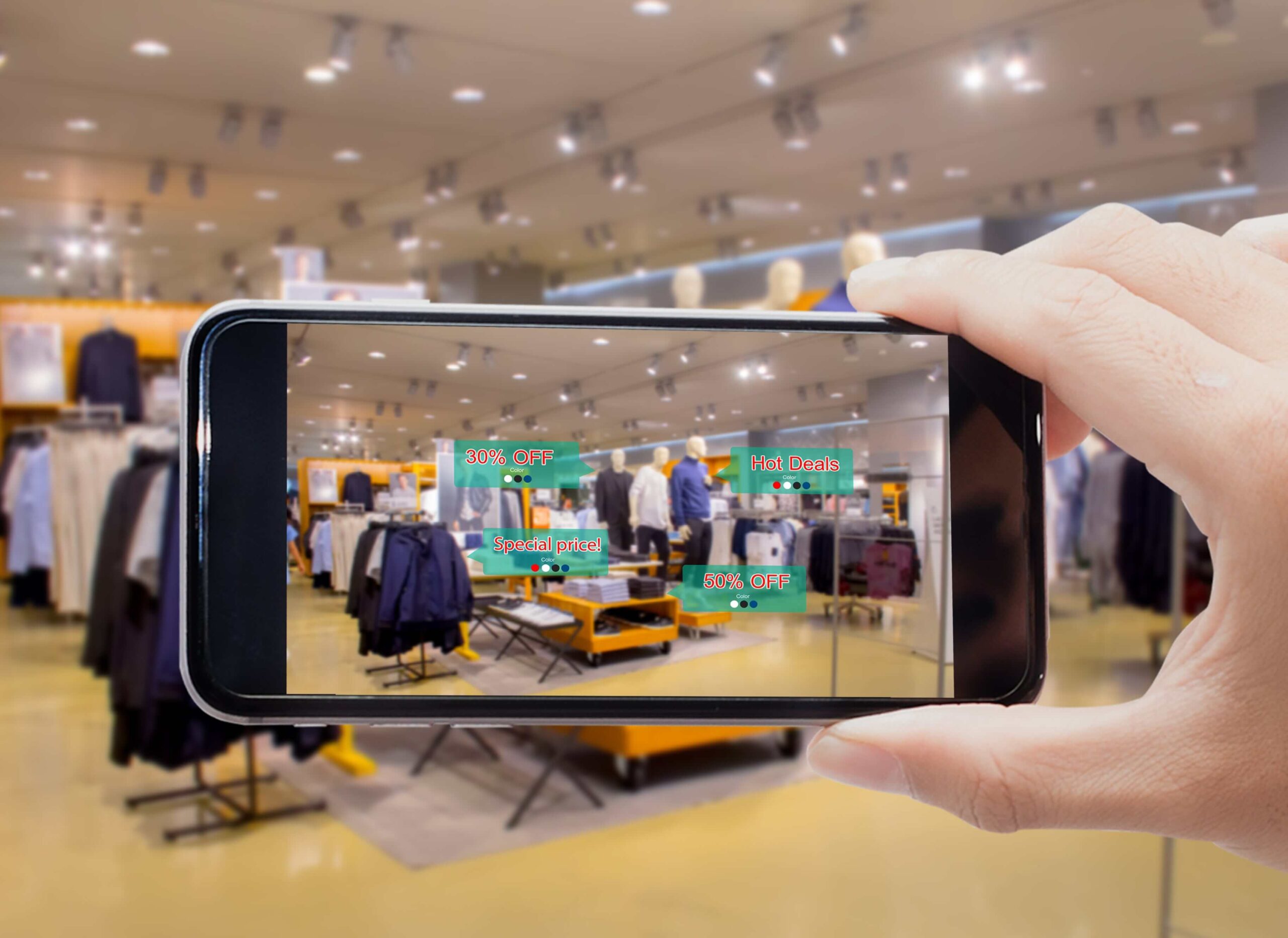Augmented reality (AR) has rapidly transitioned from a futuristic concept to a present-day reality in the retail industry, thanks to the advancements made by tech giants like Apple and Google with their ARKit and ARCore platforms. Today, 75% of consumers expect retailers to offer AR experiences, signaling a significant shift in customer expectations. Retailers that embrace AR are likely to see long-term benefits in customer satisfaction and engagement. Here’s how AR is transforming retail and what you can do to incorporate it into your strategy.
1. Virtually Try On 3D Products
Crowded stores can be off-putting for many shoppers, leading them to avoid trying on products even when they need something new. AR offers a solution to this problem. Brands like Lacoste and Sephora are leading the charge with apps that allow customers to virtually try on products. Lacoste’s LCST AR app lets users try on shoes virtually, with over 30,000 interactions since its launch. Similarly, Sephora’s Virtual Artist App, developed with Modiface, enables users to see how makeup products will look on their faces using their phone’s camera.
With mobile devices expected to account for 27% of all U.S. retail eCommerce sales by the end of 2018, these AR tools provide a comparable alternative to in-store experiences. This capability is particularly appealing during busy shopping seasons when customers are looking for convenience and confidence before making online purchases.
2. Visualize Products at Home
A common challenge for customers is visualizing how a product will fit and look in their homes. AR addresses this by offering the ability to see products in a home environment before purchase. For example, Magnolia Market collaborated with Shopify’s AR team to create an app that helps customers see how the brand’s products will look in their homes. This AR feature helps customers determine if a product matches their existing décor and fits well in their space.
Similarly, Home Depot’s Project Color app allows users to see how a paint color will look in a room by considering lighting, objects, and shadows, giving a realistic portrayal of the color. Both apps also allow users to share images with friends for feedback, further enhancing the shopping experience.
As more home improvement retailers adopt AR apps, it will become increasingly difficult to compete without offering similar features. If customers have the option to see a brand’s product in their home before purchasing, they’re likely to choose that brand over one that doesn’t offer the same capability.
3. Gather In-Store Information
With nearly 60% of shoppers using their mobile phones to look up product information and prices in stores, AR can play a crucial role in enhancing the in-store shopping experience. American Apparel’s AR app allows customers to scan signs in-store to access product information, including customer reviews, color options, and pricing. Additionally, the app offers videos of models wearing American Apparel products and allows users to share products with friends.
While this information is available online, AR bridges the gap between offline and online shopping, creating a more cohesive and interactive experience. Retailers can use AR to help customers find what they need more effortlessly, making the shopping experience smoother and more satisfying.
4. Use Virtual Fitting Rooms
Fitting rooms can be a significant deterrent for shoppers, especially during busy seasons. AR offers a way to bypass this inconvenience through virtual fitting rooms. Topshop, for instance, partnered with AR Door to create a virtual fitting room using Kinect motion-sensing technology in their Moscow store. Customers could see how clothing items looked on their bodies without physically trying them on.
Similarly, Timberland’s virtual fitting room in Moktow Gallery in 2014 allowed customers to see how they would look in different outfits using Kinect. By incorporating virtual fitting rooms, retailers can appeal to customers who are short on time or want to avoid crowded fitting rooms.
5. Build Brand Awareness
AR is still a unique and surprising technology, giving retailers who adopt it an edge in standing out as innovative and modern. Airwalk leveraged geolocation and AR to create an “invisible” pop-up shop to promote the limited-edition relaunch of the Airwalk Jim shoe. Customers had to download Airwalk’s app and visit a virtual pop-up store to purchase the shoe. This innovative approach resulted in $5 million in earned media and the busiest weekend for Airwalk’s eCommerce store.
Using AR in retail not only creates buzz but also positions brands as forward-thinking and relevant. However, to create a sustainable AR strategy, it’s important to focus on how the technology can genuinely enhance the customer experience rather than using it just for show. By understanding and meeting your customers’ needs through AR, you’re more likely to achieve lasting success.
Conclusion
AR is no longer just a novelty in retail; it’s becoming an expectation. Retailers that embrace AR technology can provide more personalized, convenient, and engaging shopping experiences. From virtual try-ons to in-home product visualization and virtual fitting rooms, AR is reshaping the way customers shop. As you consider incorporating AR into your retail strategy, focus on how it can enhance your customers’ experience to ensure long-term success and brand loyalty.
